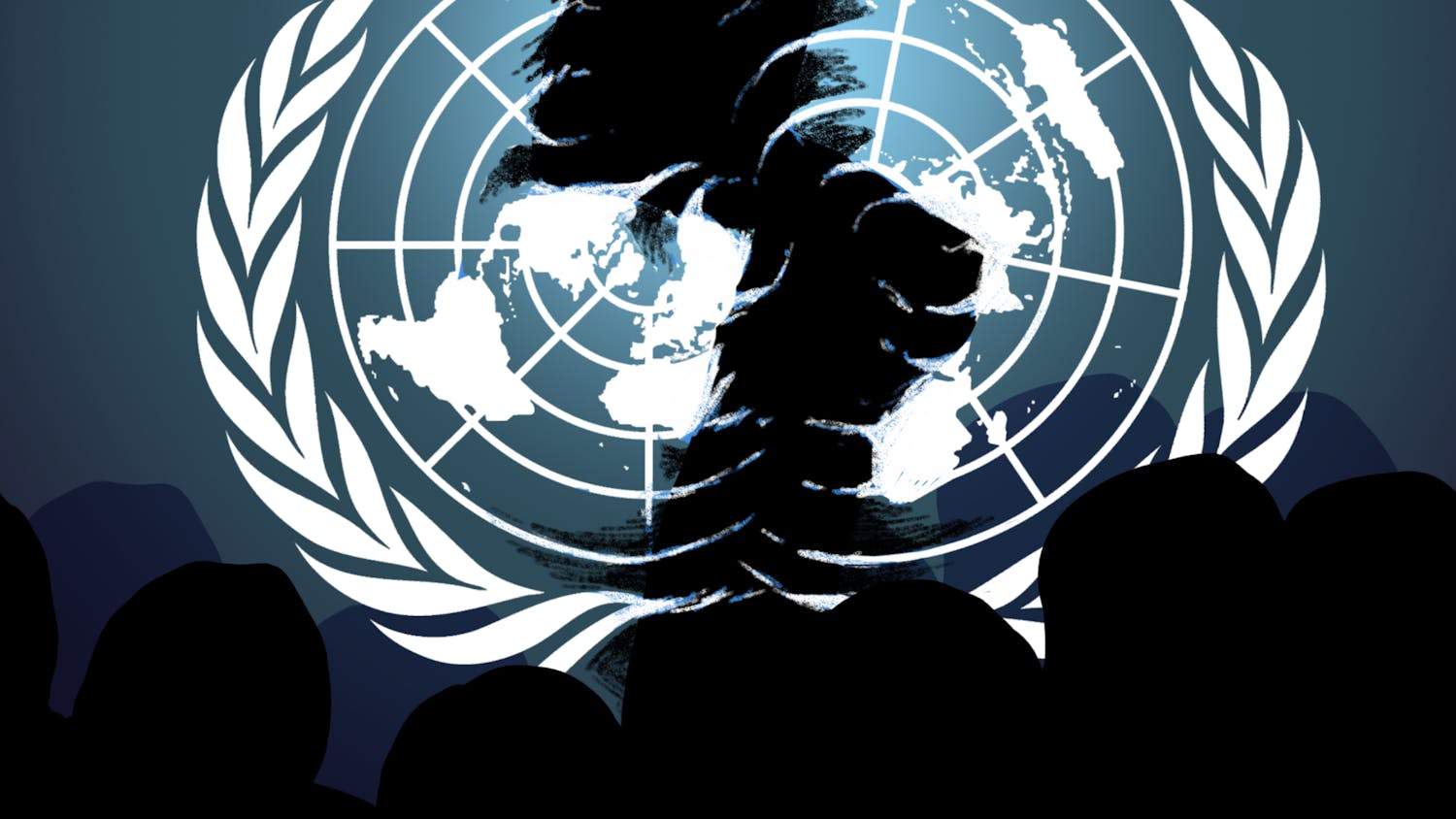An impending investigation pertaining to the legality of drone strikes by Ben Emmerson, the U.N. special rapporteur on human rights and counterterrorism, offers a vital opportunity to reflect upon the morality and efficacy of a technology that has become a hallmark of President Barack Obama's foreign policy. The expansion and entrenchment of this capability as a central component of U.S. military power under Obama's tenure has received far too little discussion, especially in light of disturbing findings regarding the extent of civilian casualties and psychological trauma resulting from this targeted killing program.
Despite repeated assurances from the administration that accidental civilian casualties, commonly grouped under the euphemism "collateral damage," have been sparse, a thorough investigation by the London-based Bureau of Investigative Journalism discredits this contention. According to the bureau's report, the U.S. has launched 362 drone strikes against alleged militants in Pakistan since 2004, 310 of them ordered under President Obama. These strikes have resulted in the reported deaths of between 2,629 and 3,461 people, between 475 and 891 of them civilians, and 176 of them children. Not surprisingly, 74 percent of Pakistanis now consider the U.S. an enemy nation.
The latter statistic on Pakistani public opinion comes from a report co-authored by researchers from Stanford University Law School and NYU School of Law titled "Living Under Drones: Death, Injury, and Trauma to Civilians From US Drone Practices in Pakistan." The report documents the acute terror and anxiety under which residents of northwest Pakistan live as a result of having drones flying overhead 24 hours a day, ready to launch lethal airstrikes without warning.
The inhabitants of this region of Pakistan have drastically altered their behavior to minimize the probability of drawing the attention of drone pilots. Religious and cultural groups meet in public as seldom as possible, while parents pull their children, especially those who have witnessed firsthand the carnage of a drone attack, out of school, considering them safer at home.
Even more horrifying, both residents and humanitarian workers have become rightfully hesitant to rescue those injured by drone strikes, due to the tendency of drone pilots to bomb the same area several times in succession. So far, according to the bureau report, at least 50 civilians have perished from these follow-up strikes while trying to rescue their fallen neighbors.
In a similarly chilling vein, drone strikes have also targeted those attending the funerals of drone victims, killing a further 20 civilians. With this policy in place, grieving friends and relatives of the deceased have to decide whether to literally risk their lives by attending the funerals of their loved ones. Emmerson, the UN special rapporteur, specifically highlighted his intention to investigate strikes on rescuers and funeral attendees in announcing his review of the drone program.
The defenders of the drone program who do acknowledge the toll taken on civilian populations—and many, including members of the administration, do not acknowledge this reality, in spite of extensive documentation—rather callously argue that we must accept these innocent deaths, this "collateral damage," due to the pressing need to eliminate terrorist networks. Once again, a look at the details on the ground reveals that the drone program accomplishes the exact opposite result.
The Stanford/NYU report estimates that a mere 2 percent of total casualties merit classification as "high-level" targets. Consequently, anti-U.S. sentiment and a desire for vengeance among those who have lost friends and family through drone strikes have risen precipitously, meaning this program of targeted killing not only terrorizes civilian populations, but ultimately makes the U.S. less, not more, safe.
Notably, I have only discussed the ramifications of the drone program in Pakistan. The U.S. has so far conducted drone strikes against the populations of six additional countries: Yemen, Somalia, Libya, Iraq, Afghanistan and the Philippines, with similar symptoms to those experienced by afflicted Pakistani populations. I strongly encourage you to consult the reports mentioned above, along with any other research you come across, to weigh whether or not we want this lethal technology to define the conduct of our foreign policy. Ultimately, though the eventual U.N. report should prove enlightening, we need not wait for its release in five months' time in order to grasp the truly dreadful consequences of the drone program.
How do you feel about President Obama’s drone program? Do you feel safer knowing unmanned aircraft are fighting our wars? We want to know what you think! Please send all feedback to opinion@dailycardinal.com, and visit our website, dailycardinal.com for more content!





